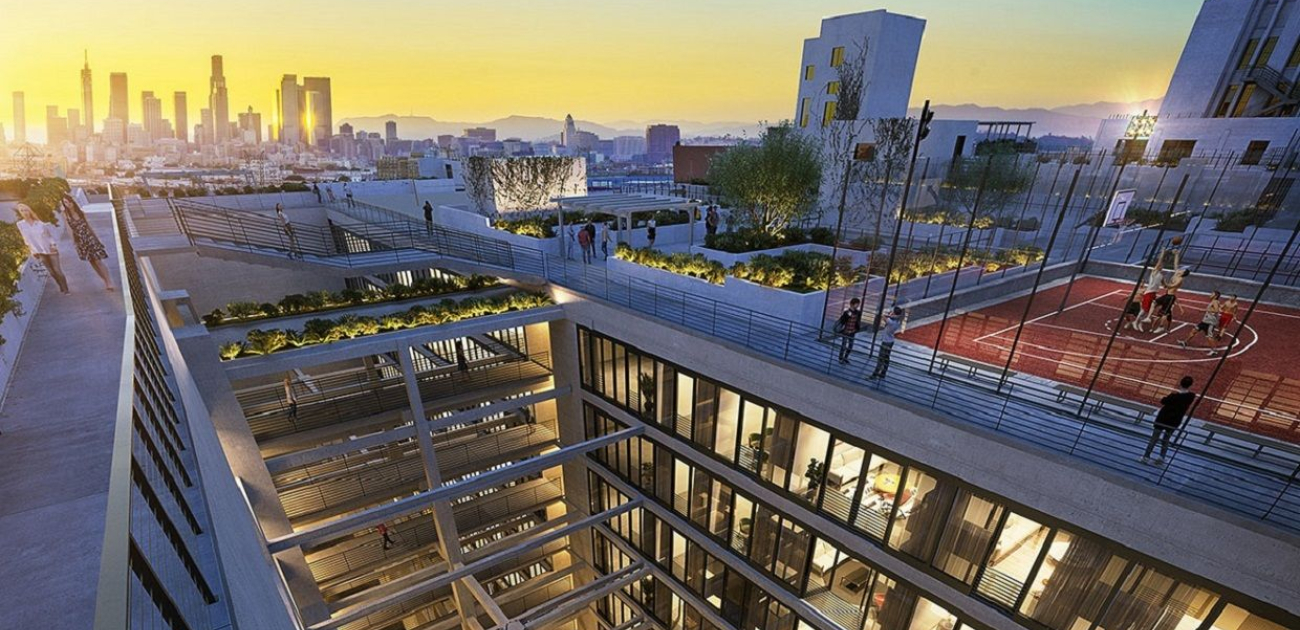On Retaildential Densification: Unpacking the Jargon and Trends of Adding Residential Uses to Shopping Centers
Retail follows rooftops. Few real estate adages are more axiomatic. Increasingly, however, the reverse is becoming true, and rooftops, or residential uses, are cozying up to retail.
We’ve written previously that residential developers are increasingly finding shopping centers to be an irresistible tenant amenity. Whether residential uses are being integrated into an existing shopping center or a new shopping center is planned with a mix of residential and retail uses, there are legal challenges to consider. For instance, in existing centers, tenant restrictions and prohibitions on non-retail uses are common. Entitlement and zoning concerns can arise in any circumstance. For new centers, construction period conflicts need to be addressed, and common area maintenance (CAM) allocated among different user groups. But these challenges are all solvable, and the mixed-use wave appears to be maturing, as shopping center owners look to find uses for empty spaces and other sources of revenue.
It’s worth further unpacking a few of the major themes in the emerging trend of adding residential uses to existing shopping centers and highlighting some recent examples.
“Retaildential” Experiences
Transforming the physical retail environment into an experience for shoppers (so-called “experiential retail”) is one of the key strategies landlords have deployed in combatting loss of market share to e-commerce. Residential uses are increasingly part of the shopping center experiential playbook, and heavy hitters in the retail industry are swinging for the fences to create a “retaildential” experience at high-end, well-performing centers.
The prospect of adding residential uses to the venerable King of Prussia Mall—one of the most recognizable malls in the U.S., located just north of Philadelphia’s Main Line suburbs—has emerged as Simon Property Group mulls a possible replacement for a now-closed JCPenney store. Although Simon has not yet announced a formal concept for that location, speculation continues unabated. Simon has formally unveiled plans for residential uses at another one of its top malls and has promised a future Hudson Yards-esque announcement to shareholders. Westfield has similar plans for a former Sears location outside of Washington, D.C.: the owner plans to add up to 670 residences and 300K square feet of retail uses on a 28-acre former department store pad and parking site.
Densification
Another tactic for creating value at an existing shopping center is “densifying” the overall development; that is, adding square feet where there is now none or converting excess parking to more valuable uses. PREIT, a premier owner of shopping centers in the Northeast, has announced plans to add up to 7,000 residential units to its shopping center portfolio. At least part of their approach appears to include pursuing entitlements to build more densely even if it’s not entirely clear that all such units would net new square footage.
Reuse or Raze?
In some instances, it may be possible to adapt and reuse an existing retail building for residential purposes. The conversion of a former Sears to loft-style apartments in Chicago is one instance of such adaptive reuse. While the possibility of saving on construction costs may seem like an advantage for this approach, in some instances, rehabilitating or converting a retail structure for residential use may not pencil out if the floorplates are not suitable for residences, if multiple stories cannot easily be added, or if the existing structure’s condition is not salvageable. In any of these cases, it may make more sense to raze and rebuild. Regency Centers is proposing to replace a grocery-anchored shopping center with more than 500 new residential units with a mix of retail uses just outside of Washington, D.C.
The emerging trend of successful mixing of residential into existing suburban retail centers is probably closer to its beginning than its maturation, and we look forward to following future developments.
Do you want more information?
 David A. Lewis
David A. LewisCommercial real estate developments and transactions are the focal point of David Lewis’ Real Estate practice.

